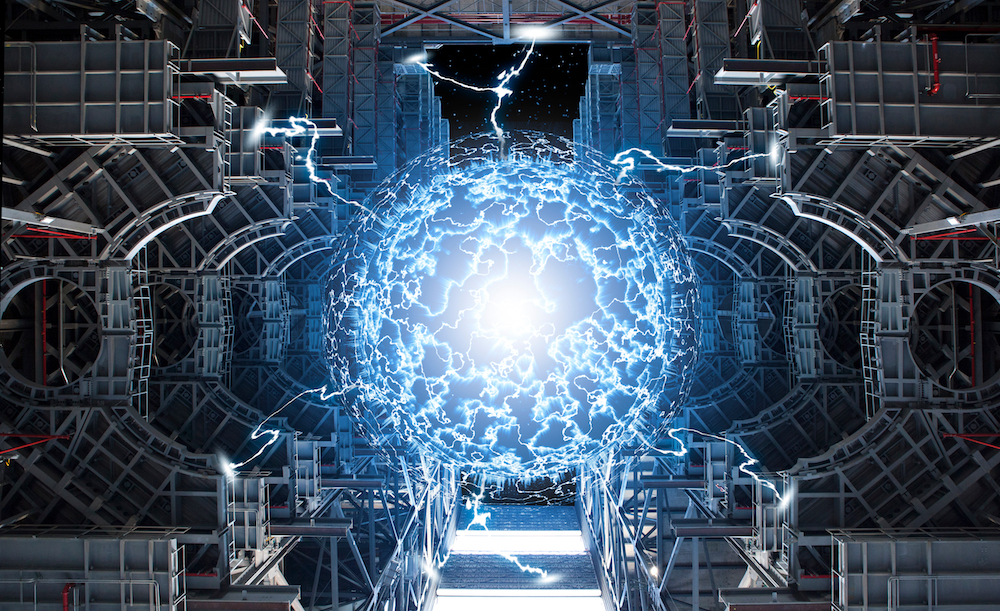A 12-Year-Old Built a Fusion Reactor in His Playroom

A 12-year-old kid from Tennessee created a nuclear reaction in his family's playroom in January 2018, according The Guardian. That makes him the youngest known person to have done so.
The Open Source Fusor Research Consortium (a group of nuclear hobbyists) recognized Jackson Oswalt's achievement on Feb. 2, according to a report by commercial appeal, a USA Today affiliate. Oswalt, now 14, built a machine that generates a plasma in which nuclear fusion occurs — not splitting an atom, but rather crushing atoms together to form heavier atoms.
So to answer the obvious question: Yes, nuclear reactions are things you can do at home. Live Science has reported previously on nuclear startups that have gotten going as hobbyist projects. And there are more people who make fusion purely for the fun of it. [What's That? Your Physics Questions Answered]
And these efforts almost always involve fusion, rather than fission (splitting atoms). Fission requires very heavy, tightly controlled substances like uranium. Fusion typically involves the ultralight isotopes of hydrogen, such as deuterium, which are easier to acquire. When two light atoms fuse, the resulting "heavier atom" is a bit lighter than the two that formed it, resulting in extra mass that gets released as energy.
Achieving fusion at home doesn't mean that Oswalt (or any other hobbyist) has built a nuclear reactor that could actually generate more power than it takes to turn on. That's a trick no one, not even the Department of Energy, has yet managed to accomplish.
And hobbyist reactors like this, while they do produce some radiation, produce fusion on far too tiny a scale to be seriously dangerous to anyone not in their immediate vicinity. Oswalt's device couldn't be repurposed as a bomb. That said, Fusor.net's FAQ does include warnings that improperly shielded fusion reactions can be "deadly."
The basic principle of fusors like this is that they use magnets to suspend isotopes of hydrogen gas in a vacuum, then pump a ton of electricity in to super-heat it until the atoms start to fuse into helium. To prove that fusion has occurred, Oswalt needed to show that neutrons (which get released during the process of deuterium fusion) had been produced.
Sign up for the Live Science daily newsletter now
Get the world’s most fascinating discoveries delivered straight to your inbox.
The Guardian reported that Oswalt's reactor required 50,000 volts of electricity and involved $10,000 of equipment.
- 7 Strange Facts About Quarks
- The 18 Biggest Unsolved Mysteries in Physics
- Strange Quarks and Muons, Oh My! Nature's Tiniest Particles Dissected
Originally published on Live Science.











